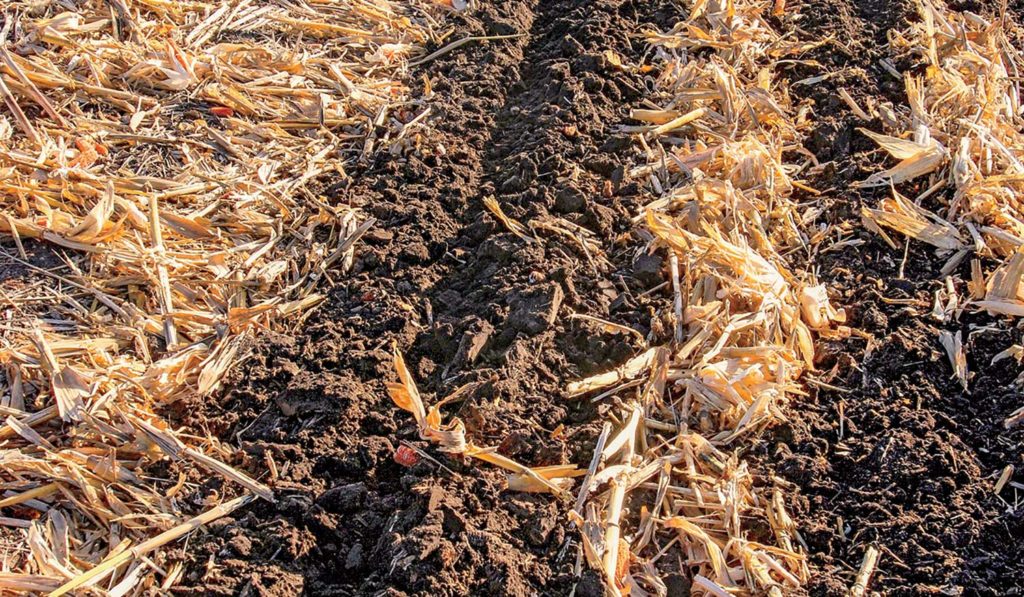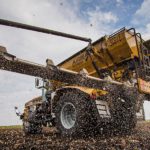Fall Tillage Factors
New university studies on how different tillage methods impact soil warming and health help answer producer questions.

Fall Tillage Factors
New university studies on how different tillage methods impact soil warming and health help answer producer questions.As a soil physicist at North Dakota State University, Aaron Daigh gets a lot of questions from growers about tillage methods as they make their tillage plans for fall. “A lot of folks are concerned about ‘Is the ground going to dry out and warm up fast enough?’ with certain tillage methods. We get that question all the time,” Daigh says. “It is hard to get them warmed up because there is so much clay and so much water that’s held in that clay” in many fields.
Daigh, along with Jodi DeJong-Hughes, regional Extension educator in crops and soils for the University of Minnesota, set up tillage studies starting in 2014 to try to answer questions about what’s best for both soil and yields in their states. Daigh also calls on his experience working in Iowa and working with long-term studies across the Midwest.
What Warms Up Best?
“The one thing that we’ve seen in our study, and if you look out at other studies that have been done across the world, they have one similarity,” Daigh says. “When it’s dry, it doesn’t matter what tillage you do. The soil is going to warm up and dry down the same.” But in a wet spring, the differences appear, and the research is revealing options that can warm and dry the soil without having to “turn it black.”
With strip tilling, using either a shank or a coulter, “You can do 22-inch or 30-inch rows with this 8-inch berm that’s nice and clear of residue, and in between you essentially have no-till” where the residue is concentrated, DeJong-Hughes says. “Our data shows that soil in the berm warms up as well as chisel-plowed ground, if not better,” as well as conserving soil moisture to help in dry springs.
DeJong-Hughes also cites the advantage of being able to apply nutrients like phosphorus and potassium with a strip-tilling pass in the fall. She says leaving some cornstalks standing can help wick water down into the soil, and less tillage reduces crusting issues and water ponding. “Even building structure in clay soils will help it drain a lot faster, too,” she says. “If you seal up the soil, water doesn’t get in and then your tile doesn’t work.
“With tillage, we talk about reducing depth, reducing passes and making choices on a field-to-field basis, even still using the equipment (producers already) have,” DeJong-Hughes adds. “Even the chisel plow can become a reduced-till system, though. You can get it to leave a lot more residue than it leaves right now by changing out wide, twisted shanks for straight points that do some tillage, but still leave a lot of residue. It’s an affordable way to start to reduce tillage.
“There are a variety of tillage options available that can improve soil health,” she says. “I recommend that producers look at each field individually to find the best tillage practices to suit their soils and operations.”
For the full, in-depth article, including advice on residue management and links to other tillage resources, read the rest of Fall Tillage Factors online.
Written by: Marilyn Cummins


